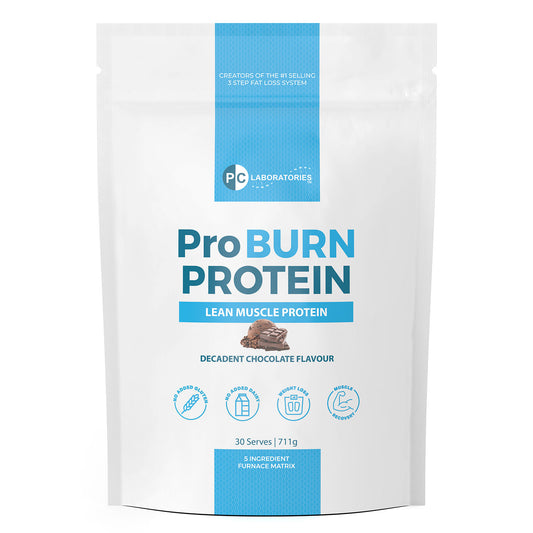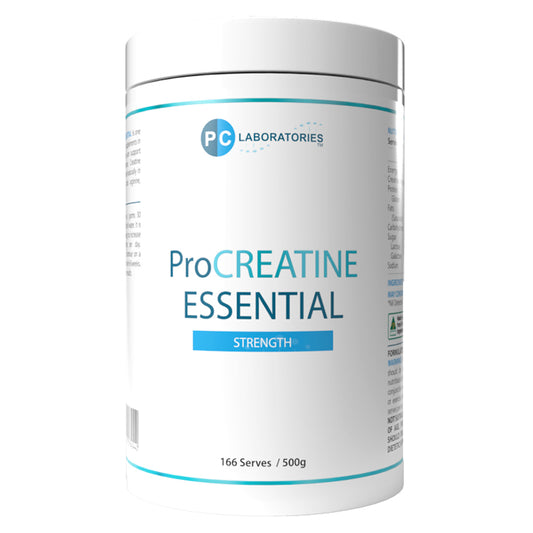Cardiovascular exercise is important for your physical and mental health. In fact, when you’re actively trying to lose weight, doing cardio workouts consistently can help you reach your goals quicker than if you stay sedentary. But most of us don’t want to just lose weight. We also want to tone and firm up our bodies — right? That’s where resistance training comes in.
What Is Resistance Training?
Also called strength or weight training, this type of exercise uses resistance to muscular contraction as a way of building the anaerobic endurance, power and size of skeletal muscles. It involves lifting weights or using gym machines to help you grow stronger. That said, if you don’t have any equipment handy, you can always use your own body weight for resistance exercise. Some of the moves include:- Pushups
- Sit-ups
- Pull-ups
- Squat thrusts
- Lunges
- Chin-ups
And if you really want to burn fat, you can do resistance exercise as part of a HIIT workout.
Why is Resistance Training Good for Weight Loss?
There are several reasons why resistance training helps with weight loss.-
Resistance Training Can Build Muscle Strength and Tone
Firstly, did you know that humans lose five pounds of muscle every decade once they turn 30?
The great thing about resistance training is that it can slow down the ageing process by building muscle mass and solidity.
How does it work, you ask? Well, the muscle cells experience microscopic damage or tears. These are then repaired by the body to encourage the muscles to regenerate and strengthen.
2. Resistance Training Can Build Bone
Osteoporosis is a condition where people experience accelerated bone mineral loss. This can then lead to fractures.
However, alongside building muscle mass, resistance exercise has been shown to build bone — even in the elderly.
This means that, as you get older, you’ll be able to walk faster, climb more stairs and have fewer falls.
3. Resistance Training Can Raise Your Metabolic Rate
Lastly, resistance exercise can significantly raise your metabolic rate.
As a result, you’ll burn calories more effectively than during a cardio workout.
Building muscle is also beneficial for your resting metabolism. It increases how many calories you’ll burn at rest in the hours following your resistance training.
There are even studies that show how your resting metabolism can stay elevated for up to 38 hours after working out with weights.
Useful, right?
How Much Resistance Training Should I Do?
According to the American College of Sports Medicine, any kind of resistance training should be progressive in nature. It should also engage all the major muscle groups, such as your:- Chest
- Shoulders
- Back
- Arms
- Legs
- Abdominals
Beginners are advised to do one set of eight to 12 exercises two to three days per week. Then for older people (aged 50-60+), ten to 15 repetitions per week might be more suitable.








